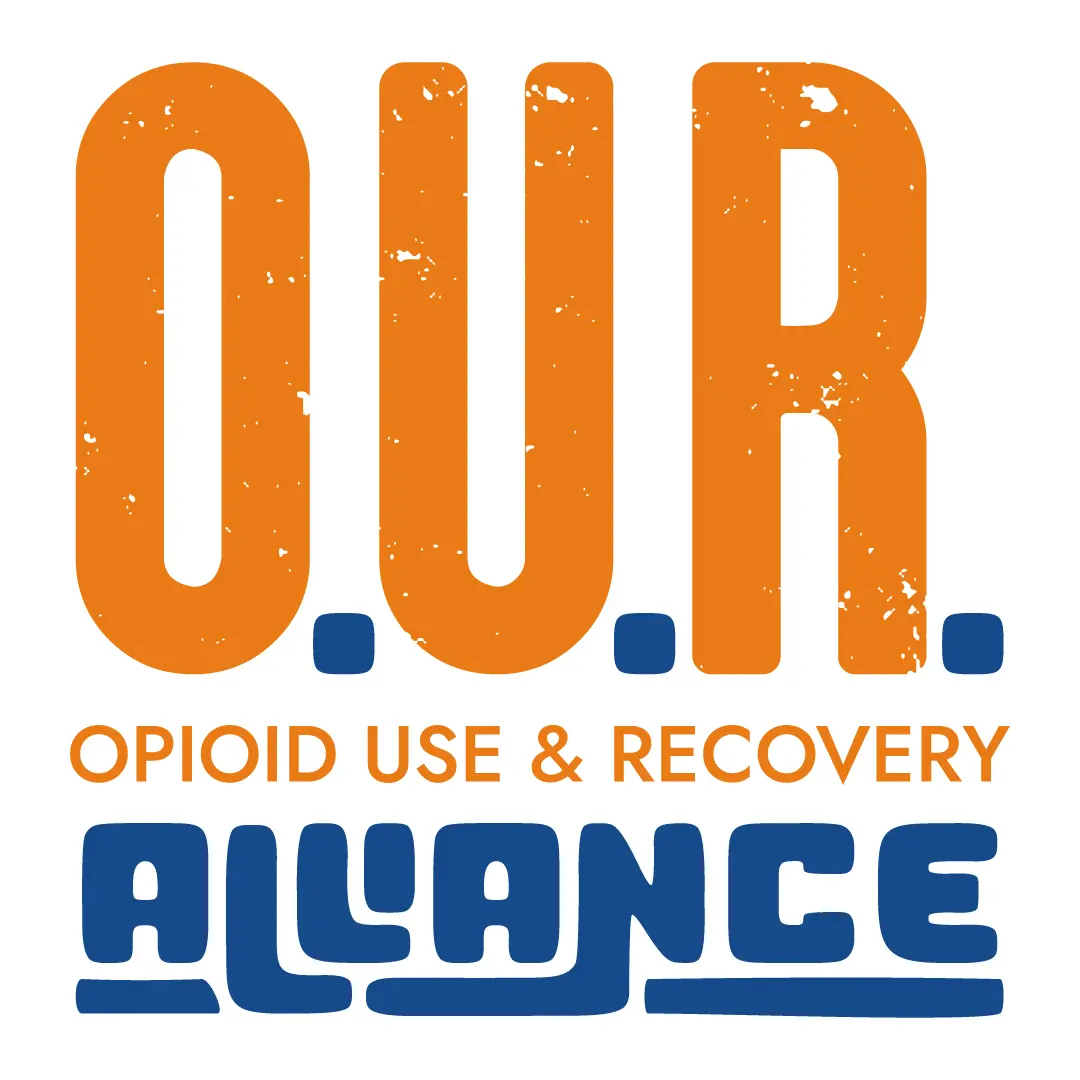Reframing the Narrative: How Trauma-Informed Communications Can Strengthen Opioid Prevention, Treatment, and Harm Reduction

Despite increased efforts to reduce overdoses in the United States, opioids remain the leading cause of death for individuals aged 18-44. Substance use disorders (SUD) cut across generational, ethnic, and social divides with approximately 87,000 people dying from drug overdoses in 20241. Though opioid harm reduction measures such as naloxone and Medication-Assisted Treatment (MAT) exist, opioid addiction and overdose continue to be pressing public health issues. There is a poignant need for communications at state and local levels to be informed by and rooted in community. At CMRignite, we recommend a trauma-informed, integrated communications approach across the full continuum of opioid response – from prevention, to harm reduction, and treatment, tailored by various audience segments based on where they are in the behavior-change journey.
This piece poses three key pillars for developing and implementing trauma-informed opioid crisis communications that CMRignite understands to be most effective, based on understanding of communities most impacted. They are: 1) Embracing a trauma-informed community response for prevention; 2) Addressing systemic harm and building trust to encourage treatment and 3) Using human-centered messaging to promote harm reduction.
Pillar 1: Embrace a Trauma-Informed Community Response for Prevention
Communications aimed at addressing SUD have often been extremely broad and not specifically tailored to audiences at most-risk for substance use disorder and overdose. Non-Hispanic Black and American Indian/Alaska Native individuals are disproportionately affected by overdose deaths, and that they are additionally less likely to have received treatment for SUD before overdosing. Disparities in drug overdose are additionally exacerbated in U.S. counties in which there is higher income inequality2. A targeted focus on communities most impacted considering social determinants of health have not been holistically considered in campaigns. These communications have also relied on fear-based messaging, such as the negative outcomes or consequences to use. Reaching audiences most effectively will require honest conversations around the legacies of personal and systemic trauma individuals in these communities have faced, and an understanding of how communications can be tailored to speak to those experiences. This trauma-informed shift must edify community support and resilience, and center community strengths and the power of connectedness as the key protective factor for the most vulnerable populations.
How?
- Highlight the impact of social determinants of health: Develop strategy and communications that acknowledge individual, interpersonal, institutional, community, and policy-level factors that increase risk for substance use disorder and overdose. Include calls to action that direct audiences to local community-based organizations that provide economic support, nutrition support, housing, career development, mental and physical health services, safe community spaces, and mentorship.
- Engage community leaders and subject matter experts to understand and reach individuals with SUD: Communicate, with an emphasis on listening, to key community members and organizations, such as neighborhood leaders, grassroots organizations, faith-based organizations, and educational institutions. Lean on them for a holistic understanding of community needs and pair this with data behind the impact of the opioid epidemic and evidence of effective programs.
- Leverage the power of storytelling to positively influence intentions towards harm reduction and treatment: Gather powerful anecdotes from people within affected communities, including those who live/have lived with opioid disorder or other SUDs, those who support opioid and/or SUD initiatives, and family and loved ones to highlight personal connection and investment in driving solutions.
Pillar 2: Address Systemic Harm and Build trust to Encourage Treatment
Legacies of pathologization, stigma, and mistreatment of those living with substance use disorder have resulted in mistrust in organizations at the state and federal level that address the opioid crisis. Black, Indigenous, and People of Color (BIPOC) individuals, those who have/are experiencing housing instability or homelessness, those with experience in the criminal justice system, and those who live with mental health disorders often face systemic mistreatment and stigma related to substance use. They also are impacted by other social and medical factors, compounding the already difficult task of reaching them in communications. Armed with this understanding, communications professionals must adjust their approach to address hesitancies that communities have around engaging with systems to seek treatment.
How?
- Acknowledge systemic trauma: Approach communications development with reconciliation around the trauma that individuals have experienced at the hands of systems with which they have come into contact. Recognize that these experiences have disproportionately impacted certain communities and provide options for engagement with treatment that allow support from their community throughout the treatment process.
- Leverage testimonials: Use testimonials from individuals in recovery to illustrate what the recovery journey looks like, being sure to depict a full picture that includes successes and pain points. Prioritize stories from a diverse group of individuals to whom audiences can relate.
Pillar 3: Use Human-Centered Messaging to Promote Harm Reduction
- Frame harm reduction as safety: De-stigmatize harm reduction by pairing it with hopeful language and framing it as a gateway to safety and future health choices. Highlight that harm reduction saves lives, preserves dignity, and keeps people connected to services.
- Lead with people first imagery and language: Develop materials that emphasize the collective human condition and feature imagery that reflects how people have overcome their challenges with support from their local communities.
- Elevate public health heroes and recovery champions: Craft communications that correctly identify local public health professionals, community health navigators, first responders, and peers that have successfully used harm reduction measures as lifesavers and those on their recovery journey.
Prevention, treatment, and harm reduction are strongest when communications acknowledge social and historical determinants of health, are framed around compassion, and are grounded in community responsibility, support, and accountability.
Interested in learning more about O.U.R. Alliance or addressing the needs of your community with an education campaign? Email us at: ouralliance@cmrignite.com or Schedule a Strategy Session with an Alliance SME!
ABOUT THE AUTHOR

Shaunna Newton, MPH
Stay Ahead in the Fight Against Opiods.
Get expert insights, trend analysis, and proven solutions from top voices in opioid prevention, treatment, and recovery.
